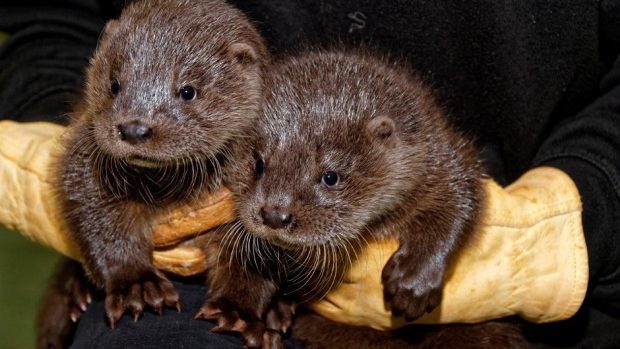Calum Ross
Conservationists have declared 2016 to be the “Year of the Otter” amid fears for the survival of many types of the mammal.
The International Otter Survival Fund (IOSF) has highlighted its plight, fearing that some species are at risk of extinction.
The group believes that efforts to preserve smaller animals should be given a similar status to high profile species such as the panda, tiger, elephant and rhino.
It claims that for every tiger skin found, there are at least 10 otter skins, and that in one recent haul in Tibet there were 778 otter skins recovered.
As recently as 2012, the Japanese otter was officially declared extinct, and nine of the 13 remaining species are in decline.
Official warnings show that five species are classed as “endangered” and two are “vulnerable”, meaning that they are facing a “very high risk” or “high risk” of extinction in the wild.
Even the Eurasian otter, the only species in the UK, is classed as “near threatened”, and in Asia it is believed to be “critically endangered”.
The group said: “People may consider it ‘safe’ in Europe but it is declining in some areas here too, so there are very serious problems.
“If we really want to conserve otters we have to create a greater awareness of otters and their importance in the ecosystem and demonstrate how vital they are in wetland habitats.
“They are the ideal environmental indicator species – they use both the land and water habitats and so it is essential that both are in pristine condition. This is important not just for otters but for all species, including our own.”
It added: “One of the problems is that there are so few people working on otters and so IOSF has been holding a series of training workshop for students, park rangers and government officials to encourage the next generation of otter workers.
“In this way we can get reliable data on otters, encourage enforcement of legal protection and develop effective education and public awareness programmes within local communities.
“One of the outcomes of the workshops is a network of local otter workers who can share information and advice and can develop otter conservation programmes together.”
